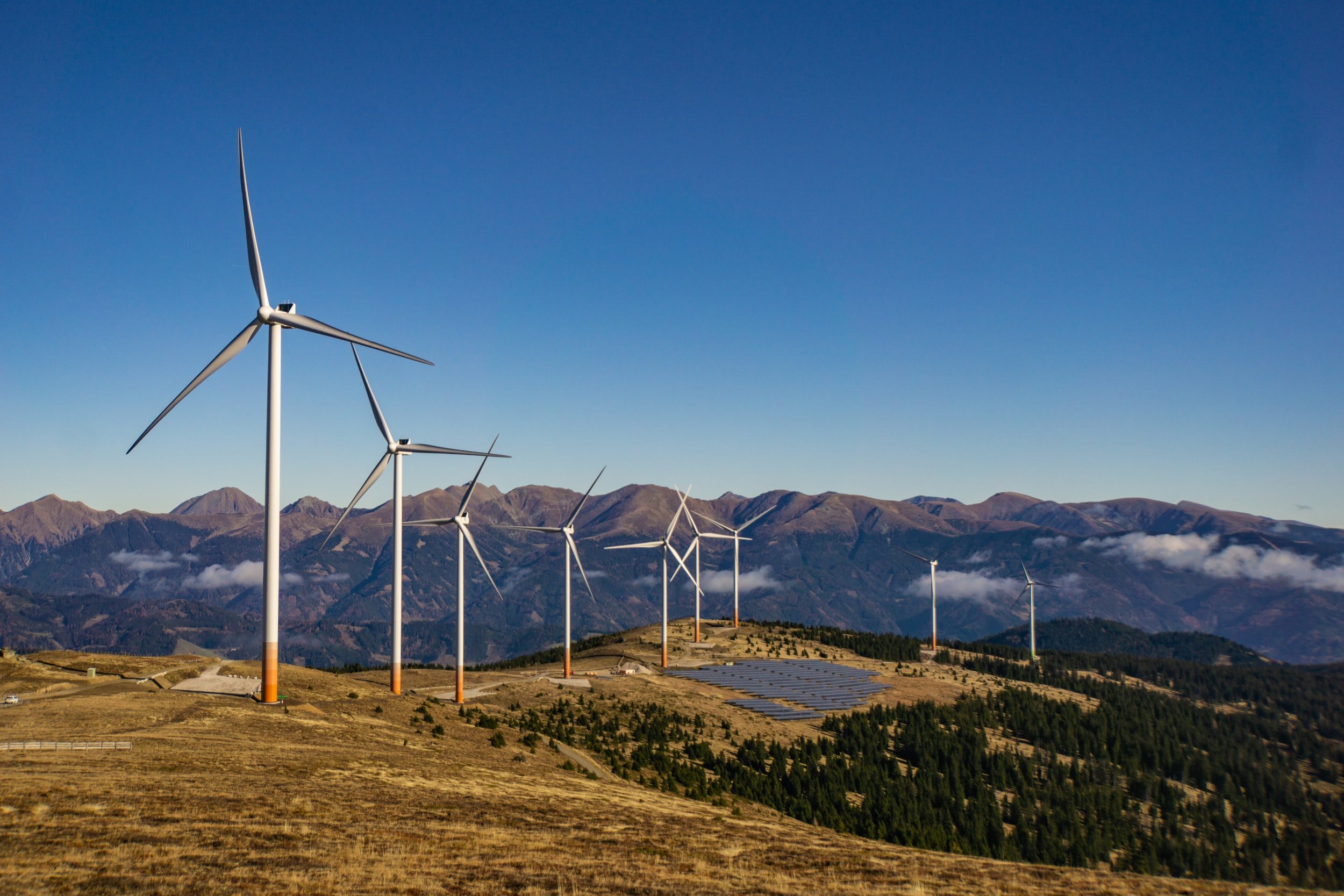Next week is of course, COP 26, the 26th Conference of the Parties to the United Nations Framework Convention on Climate Change (UNFCCC). Seen by many as the make-or-break COP negotiation, delegates from around the world (including myself) will make the journey to Glasgow from the 1st to the 12th November. Everyone hopes that global consensus can be reached climate mitigation and adaptation measures, aimed at achieving the Paris Agreement goal of:
“Holding the increase in the global average temperature to well below 2ºC above pre-industrial levels and pursuing efforts to limit the temperature increase to 1.5ºC above pre-industrial levels” (Article 2.1)
The conference is set against a year of unprecedented climatic events, undoubtedly contributed to by the climate emergency. The words of the UN Secretary General must be ringing in most people’s ears: “this is Code Red for Humanity”. His words followed the publication of the latest IPPC Climate Report, which made for frightening reading:
“The alarm bells are deafening, and the evidence is irrefutable: greenhouse‑gas emissions from fossil-fuel burning and deforestation are choking our planet and putting billions of people at immediate risk. Global heating is affecting every region on Earth, with many of the changes becoming irreversible. The internationally agreed threshold of 1.5°C is perilously close. We are at imminent risk of hitting 1.5°C in the near term. The only way to prevent exceeding this threshold is by urgently stepping up our efforts and pursuing the most ambitious path.”
All nations, especially the G20 and other major emitters, need to join the net-zero emissions coalition and reinforce their commitments with credible, concrete and enhanced nationally determined contributions and policies before COP26 in Glasgow.
We need immediate action on energy. Without deep carbon pollution cuts now, the 1.5°C goal will fall quickly out of reach. This report must sound a death knell for coal and fossil fuels, before they destroy our planet. There must be no new coal plants built after 2021.”
The road to Glasgow
The Paris Agreement was reached in 2015 at COP 21. It set out that each Party to the agreement must set out its “Nationally Determined Contribution” (NDC) every five years, to reach that 1.5°C goal. Countries are asked to come to COP 26 with ambitious 2030 emissions reductions targets that align with reaching net zero by the middle of the century and keeping that 1.5°C target alive.
But targets aren’t enough. In addition, the Parties need to agree mitigation measures to:
protect and restore ecosystems
build defences, warning systems and resilient infrastructure and agriculture to avoid loss of homes, livelihoods and lives.
And, in order to achieve these goals, developed countries are being asked to make good on their Paris promises to mobilise at least $100bn in climate finance per year from 2020.
So how are things looking less than a week before the conference?
Emissions reduction targets
Unfortunately, current commitments are looking poor, before even examining whether Governments are backing up their commitments with concrete policies, let alone action. This following graph from the BBC is stark:
















